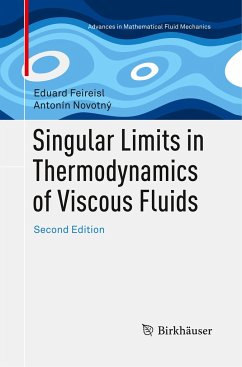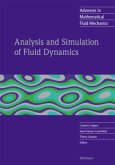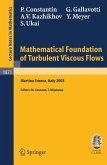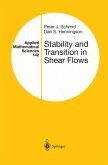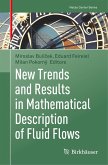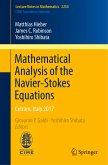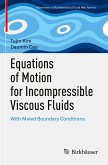This book is about singular limits of systems of partial differential equations governing the motion of thermally conducting compressible viscous fluids.
"The main aim is to provide mathematically rigorous arguments how to get from the compressible Navier-Stokes-Fourier system several less complex systems of partial differential equations used e.g. in meteorology or astrophysics. However, the book contains also a detailed introduction to the modelling in mechanics and thermodynamics of fluids from the viewpoint of continuum physics. The book is very interesting and important. It can be recommended not only to specialists in the field, but it can also be used for doctoral students and young researches who want to start to work in the mathematical theory of compressible fluids and their asymptotic limits."
Milan Pokorný (zbMATH)
"This book is of the highest quality from every point of view. It presents, in a unified way, recent research material offundament
al importance. It is self-contained, thanks to Chapter 3 (existence theory) and to the appendices. It is extremely well organized, and very well written. It is a landmark for researchers in mathematical fluid dynamics, especially those interested in the physical meaning of the equations and statements."
Denis Serre (MathSciNet)
"The main aim is to provide mathematically rigorous arguments how to get from the compressible Navier-Stokes-Fourier system several less complex systems of partial differential equations used e.g. in meteorology or astrophysics. However, the book contains also a detailed introduction to the modelling in mechanics and thermodynamics of fluids from the viewpoint of continuum physics. The book is very interesting and important. It can be recommended not only to specialists in the field, but it can also be used for doctoral students and young researches who want to start to work in the mathematical theory of compressible fluids and their asymptotic limits."
Milan Pokorný (zbMATH)
"This book is of the highest quality from every point of view. It presents, in a unified way, recent research material offundament
al importance. It is self-contained, thanks to Chapter 3 (existence theory) and to the appendices. It is extremely well organized, and very well written. It is a landmark for researchers in mathematical fluid dynamics, especially those interested in the physical meaning of the equations and statements."
Denis Serre (MathSciNet)

